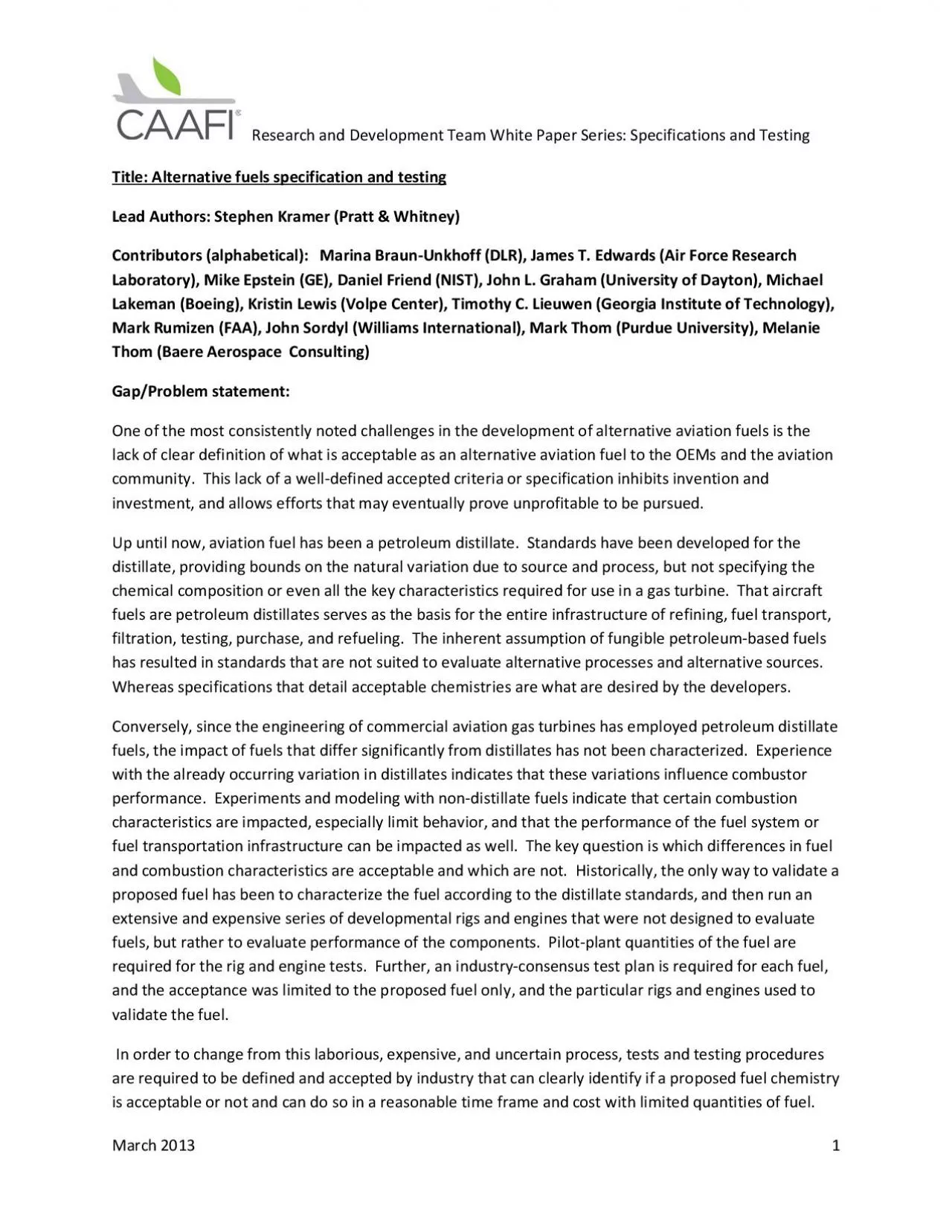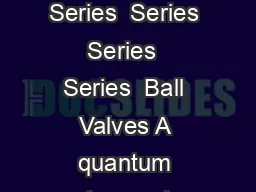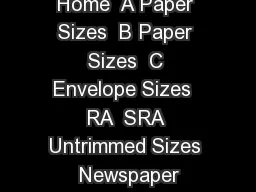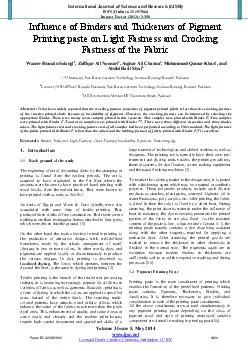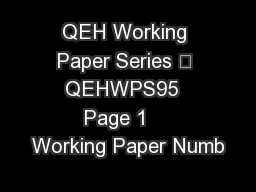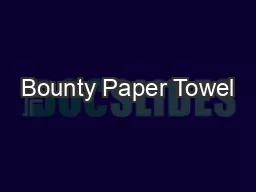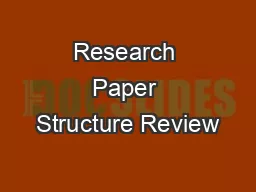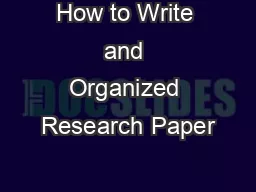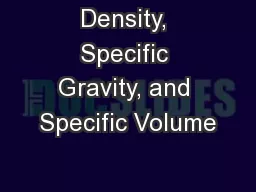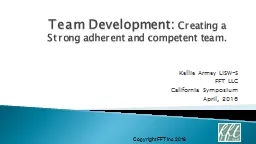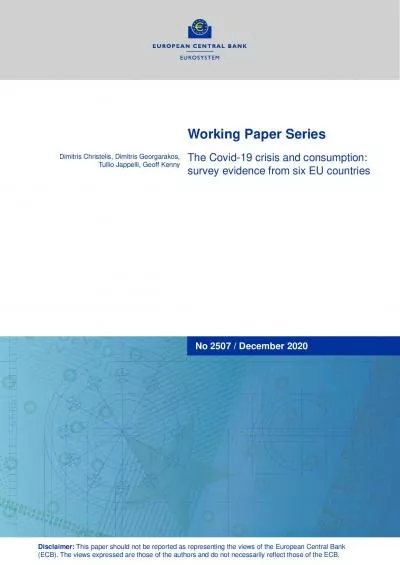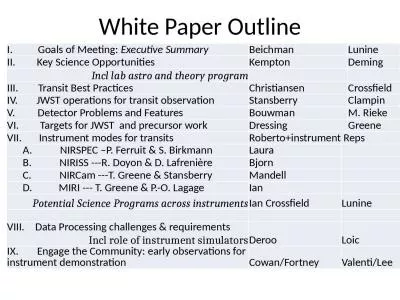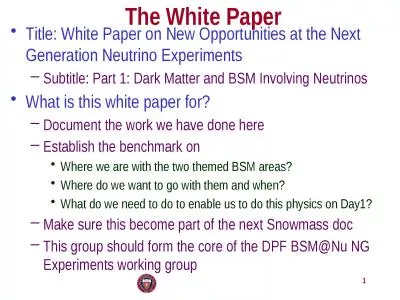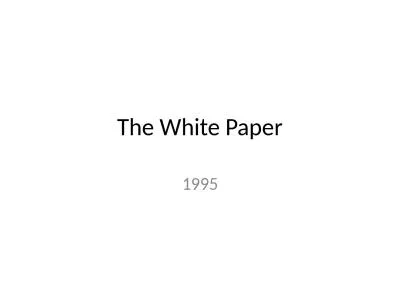PDF-x0000x0000 Research and Development Team White Paper Series Specific
Author : desha | Published Date : 2021-09-07
March 2013Title Alternative fuels specification and testingLead AuthorsStephen Kramer Pratt WhitneyContributors alphabetical Marina BraunUnkhoff DLR James T Edwards
Presentation Embed Code
Download Presentation
Download Presentation The PPT/PDF document "x0000x0000 Research and Development Te..." is the property of its rightful owner. Permission is granted to download and print the materials on this website for personal, non-commercial use only, and to display it on your personal computer provided you do not modify the materials and that you retain all copyright notices contained in the materials. By downloading content from our website, you accept the terms of this agreement.
x0000x0000 Research and Development Team White Paper Series Specific: Transcript
Download Rules Of Document
"x0000x0000 Research and Development Team White Paper Series Specific"The content belongs to its owner. You may download and print it for personal use, without modification, and keep all copyright notices. By downloading, you agree to these terms.
Related Documents

